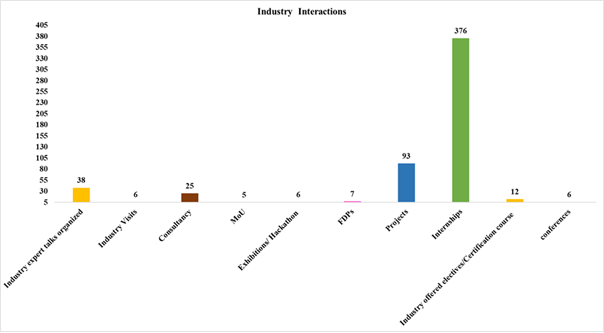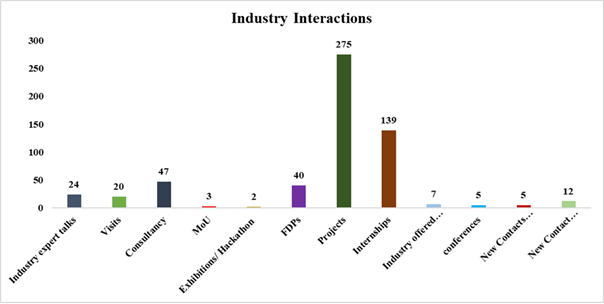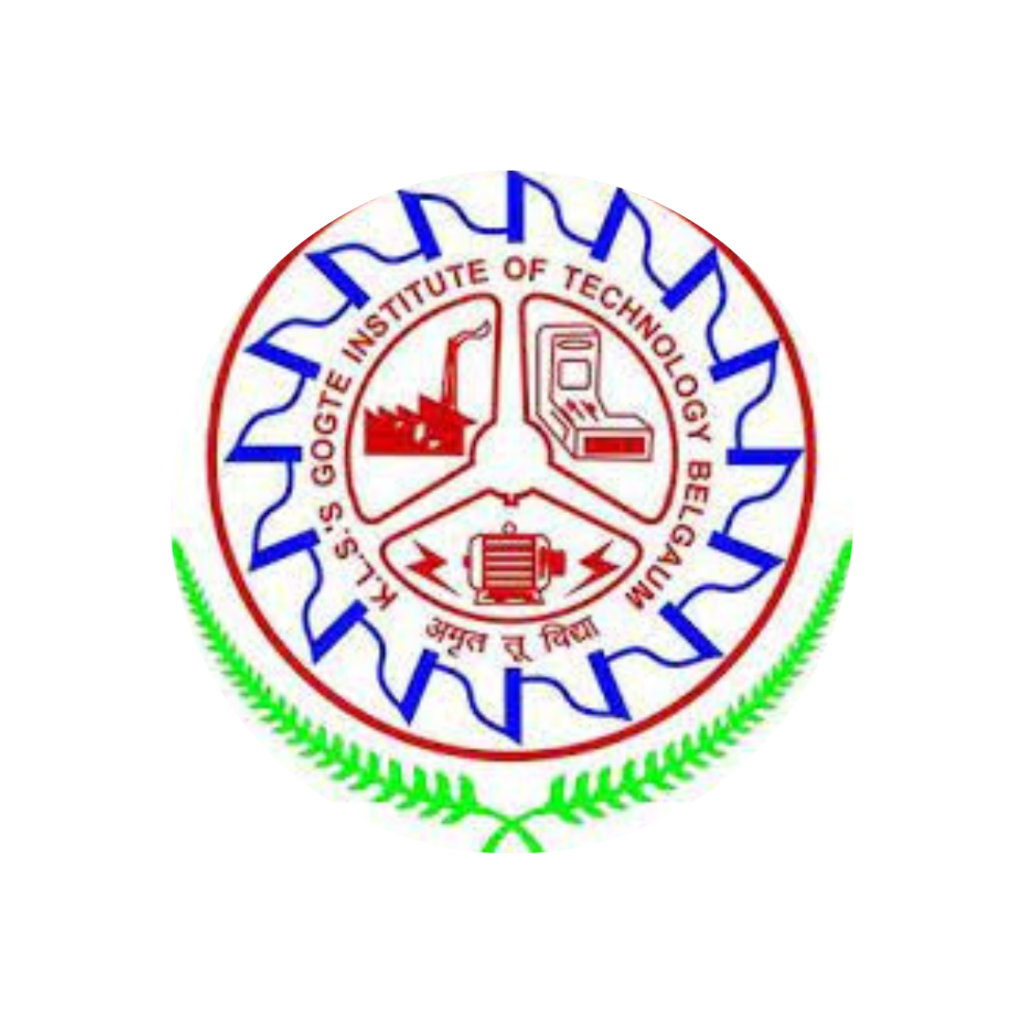In this rapidly evolving landscape of education and industry collaboration, Team Industry Institute Partnership Cell (IIPC) at KLS Gogte Institute of Technology serves as a bridge between academia and industry in line with our motto “सामर्थ्यसम्बन्धः”. The IIPC is committed to fostering collaboration that transcends traditional boundaries. Through strategic partnerships with industry leaders, we provide our students and faculty with invaluable opportunities for real-world engagement, ensuring that our academic pursuits are deeply rooted in practical applications.
Innovation is the cornerstone of progress, and our IIPC catalyzes driving transformative change. By facilitating research projects, internships, Industry offered electives, we empower our stakeholders to explore new frontiers, develop ground-breaking solutions, and address the challenges of tomorrow.
Our commitment to nurturing talent knows no bounds. Through industry-sponsored Internships with stipends, skill development programs, and mentorship initiatives, we equip our students with the tools and knowledge they need to thrive in a competitive global landscape, while simultaneously meeting the evolving needs of industry partners.
As we embark on this exciting voyage of discovery and innovation, we invite you to join us in exploring the myriad opportunities that our IIPC has to offer. Together, let us chart a course towards a future where academia and industry work hand in hand to shape a brighter tomorrow.
· Acts as liaison between Industry and the Institute.
· Organizes training programmes on various new trends in Technology for Faculty and Industry Personnel.
· Helps in the conduction of research work in various areas by providing facilities in the form of machines, software’s, computing facilities.
· Assists in getting the Live Industrial projects for UG/PG students in various areas.
Name | Designation/ Department |
|---|---|
Dr. M. S. Patil | Principal |
Dr.Sweta I. Goudar | Dean R & D |
Dr.Ganesh R. Chate | Mechanical Engineering Department |
Dr.P.P.Katti | Aeronautical Engineering Department |
Prof.Keerti Nashimath | Civil Engineering Department |
Dr. Prasad Pujar | Computer Science and Engineering Department |
Dr. Padma Dandannavar | Information Science and Engineering Department |
Prof.Pavan Mitragotri | Department of Master of Computer Applications |
Dr S C Kulkarni | Department of Mechanical Engineering |
Prof.Praveen Kalkundri | Electronics and Communication Department |
Prof.Vinay Shetty | Electrical and Electronics Engineering Department |


Dr.Ganesh R. Chate
Industry Institute Partnership Cell(IIPC)
(T)0831-2498500
e-mail: iipc@git.edu


